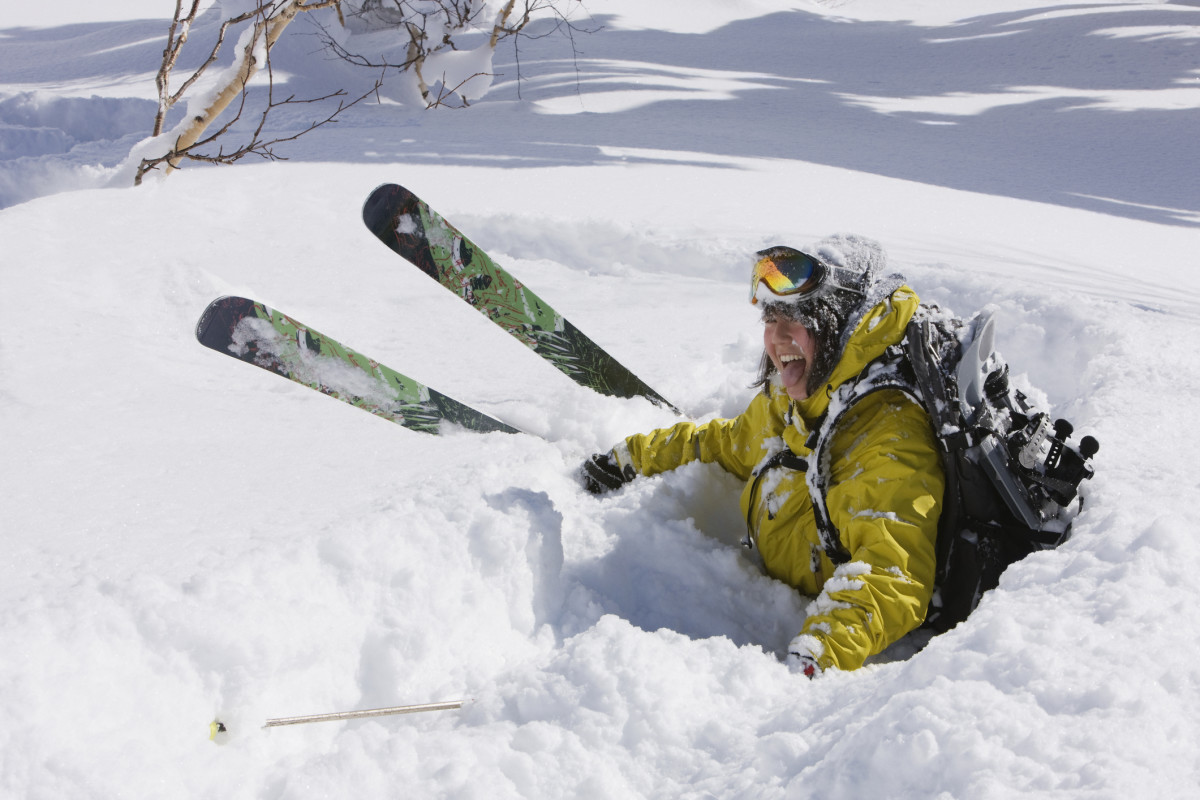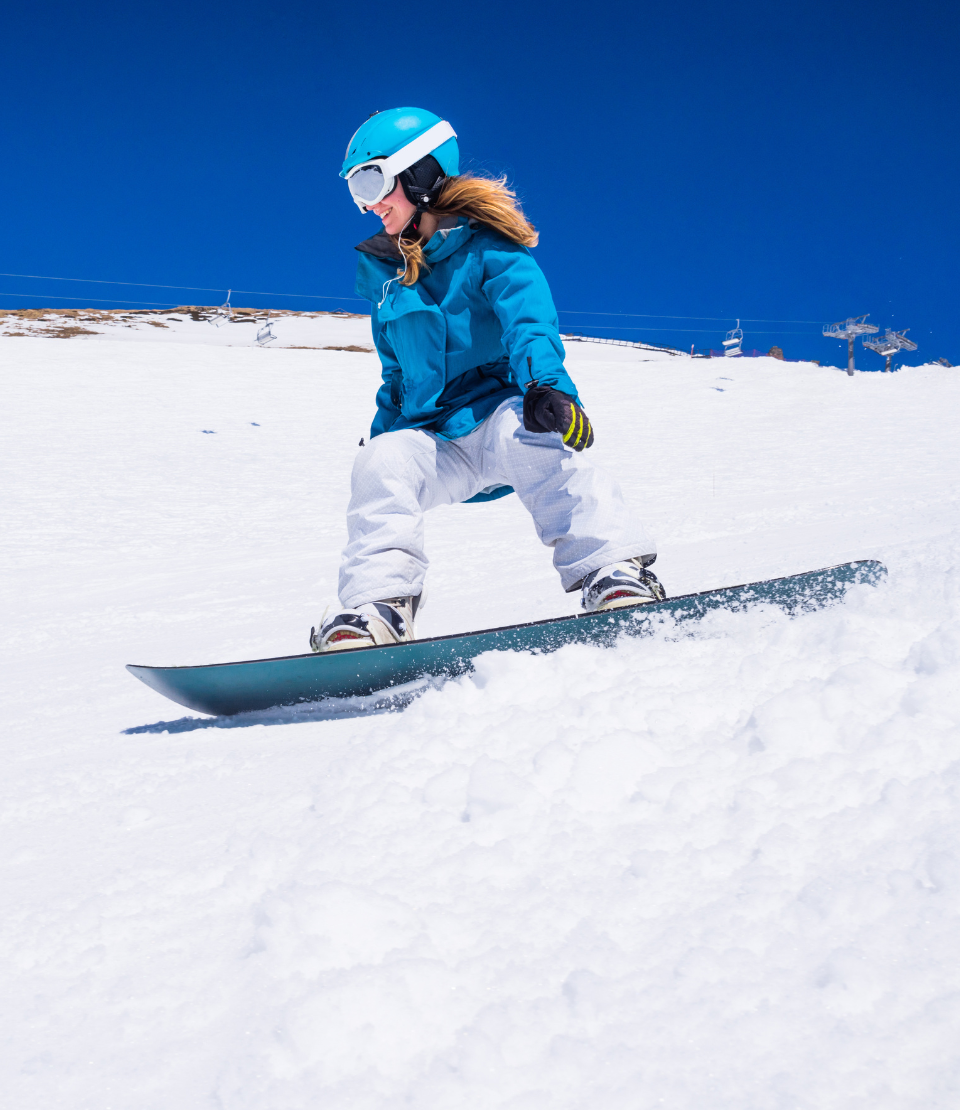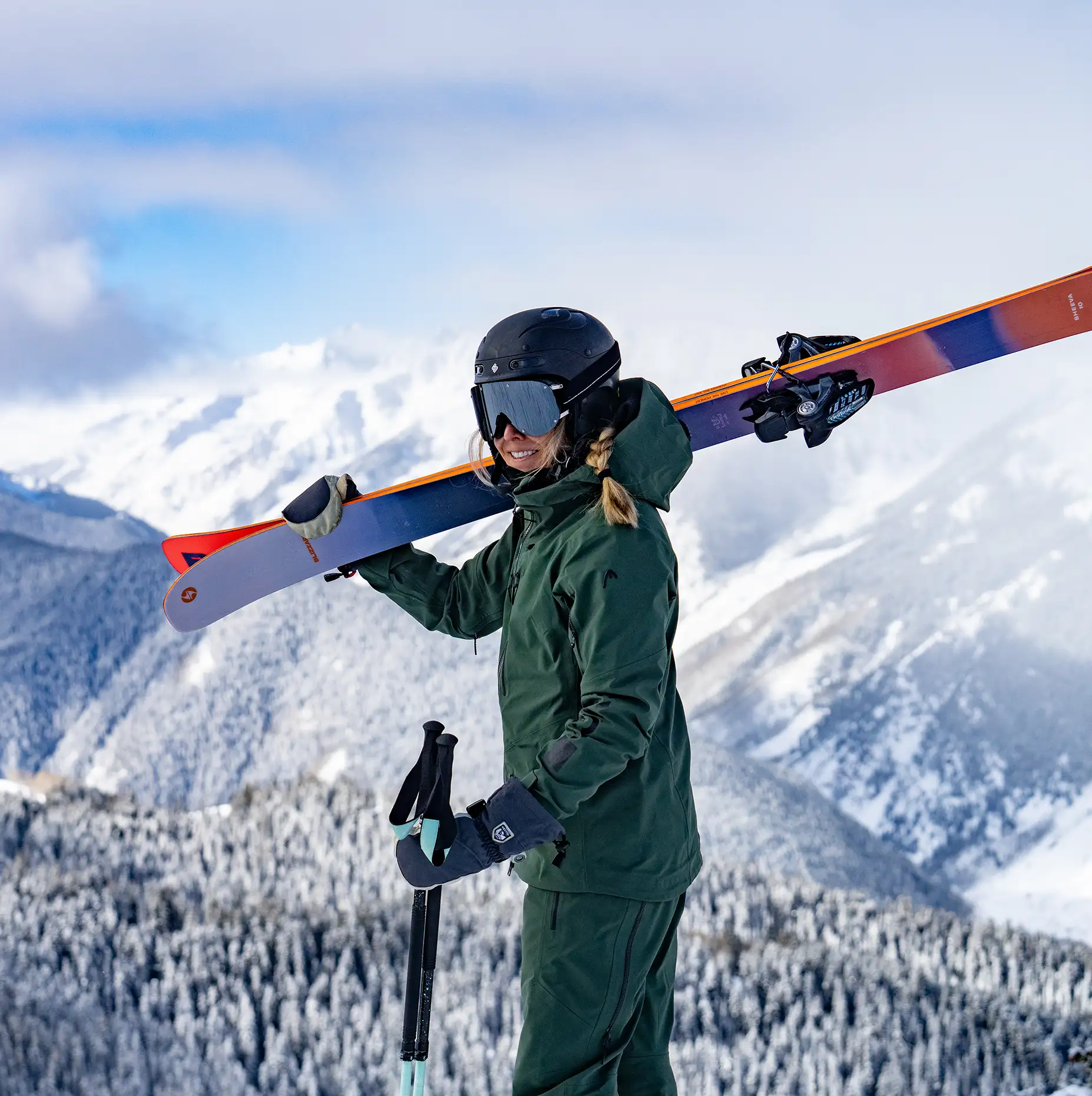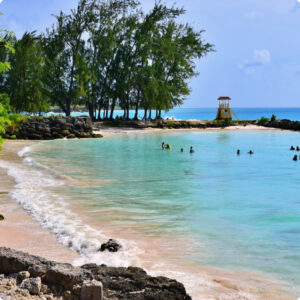Snow sports are thrilling but come with risks. Travel insurance can help.
Engaging in snow sports requires the right protection. Whether you’re skiing, snowboarding, or ice climbing, accidents can happen. The best travel insurance for snow sports ensures you’re covered for medical emergencies, equipment damage, and trip cancellations. It provides peace of mind, allowing you to focus on the fun.
Knowing what to look for in travel insurance can save you from unexpected expenses. It’s crucial to pick a plan that covers the unique risks associated with snow sports. Let’s dive into the key features and options for the best travel insurance tailored for your snowy adventures.
Contents
Why Travel Insurance Matters
Travel insurance brings calm to your adventures. It covers unexpected accidents and emergencies. Snow sports can be dangerous. Having insurance means you can enjoy without worry. You know help is there if something goes wrong. This freedom lets you focus on the fun. Insurance makes travel stress-free. You relax more and enjoy every moment. It’s like a safety net under your feet.
Insurance saves money when things go wrong. Medical bills can be very high. Without insurance, you might pay a lot. Coverage helps with hospital and doctor fees. It also protects your gear if it gets lost. Snow sports gear is expensive. Insurance helps replace it without extra cost. Financial safety means secure travel. You keep your money safe while having fun.

Credit: www.powder.com
Types Of Snow Sports Covered
Skiing is a popular winter activity. It involves gliding on snow. Many people love skiing in the mountains. It can be fun but also risky. Travel insurance helps if you get hurt. It covers medical bills. It also covers equipment loss.
Snowboarding is another exciting snow sport. You ride a board down snowy slopes. Just like skiing, it can be dangerous. Insurance helps when accidents happen. It protects against injuries. It also covers stolen gear. Having insurance gives peace of mind.
Key Features To Look For
Look for coverage that includes medical expenses, emergency evacuation, and trip cancellation. Ensure protection for skiing, snowboarding, and other snow sports. Check for equipment loss and travel delays.
Medical Coverage
Medical coverage is very important. Snow sports can be risky. Look for policies that cover emergency medical expenses. This includes hospital stays, doctor visits, and medications. Ensure the coverage extends to specialized treatments for snow sport injuries. Evacuation costs should be included. Check for high coverage limits.
Equipment Protection
Equipment protection is a must. Snow sports gear is expensive. A good policy covers damage and theft. Look for coverage for rented equipment too. Make sure it includes protection for accidental damage. Check the claim process. It should be simple and quick.
Top Providers
These companies offer great coverage for snow sports. They help in case of accidents or injuries. They also cover stolen or damaged gear. Some popular choices include Allianz, World Nomads, and AXA. They provide emergency medical and evacuation services. Choose a plan that fits your needs and budget. Compare their benefits before buying.
Specialized agencies focus on snow sports insurance. They understand the risks involved. Adventure Sports Insurance and Snowcard are examples. These agencies offer tailored plans for skiing, snowboarding, and more. They cover equipment, cancellation, and medical costs. Pick a specialized agency if you need specific coverage. They often have better options for snow sports enthusiasts.
Policy Comparison
Choosing the best travel insurance for snow sports involves comparing policies for coverage on medical emergencies, gear damage, and trip cancellations. Ensure the policy covers specific snow activities you plan to participate in.
Cost Analysis
Snow sports insurance can be costly. Some policies start at $50. Others can go up to $300. Prices depend on many factors. Your age, sport type, and coverage level matter. Compare policies to find the best price. Always check what is included. Some cheap plans may not cover all risks. Higher prices often mean better coverage. But not always. Read the fine print carefully.
Coverage Details
Coverage varies between policies. Some cover only accidents. Others include theft or lost gear. Medical expenses are often covered. But limits can differ. Some plans cover only $10,000. Others go up to $100,000. Look for evacuation coverage. This is important in remote areas. Check if your plan covers trip cancellations. Some plans do. Others don’t. Always choose a plan that fits your needs.

Credit: www.travelexinsurance.com
Common Exclusions
Many travel insurance policies exclude coverage for high-risk activities. This includes extreme sports like snowboarding, skiing, and ice climbing. Make sure to check if your chosen policy covers these activities. Some policies might offer special add-ons for such sports. Read the fine print to know what is included and what is not.
Policies often do not cover pre-existing medical conditions. If you have a condition, verify if it is covered before purchasing. Some insurers might require a waiting period for coverage. Others might exclude it completely. Always disclose your health history when buying insurance. This ensures that you receive proper coverage.
How To File A Claim
Collect all medical reports. Keep receipts for any expenses. Get proof of your injury or accident. You may need photos. Gather police reports if available. Don’t forget bills from doctors. Prescriptions can help too. Make copies of everything. Store documents safely.
Contact your insurance company. Fill out the claim form. Attach your documentation. Send it to the company. Wait for their response. They may ask for more information. Be ready to provide it. Follow up if you don’t hear back. Keep track of dates and emails. This helps your claim go smoothly.
Tips For Choosing The Right Insurance
Think about your snow sport activities. Skiing or snowboarding? Different plans cover different sports. Some plans exclude off-piste skiing. Check if you need extra coverage for that. Medical coverage is vital. Injuries can be costly. Look at the policy limits. Higher coverage is better. Trip cancellation is another key point. Bad weather can ruin plans. Make sure your insurance covers these situations.
Always read the fine print. Exclusions can surprise you. Some policies don’t cover certain activities. Understand what is not covered. Pre-existing conditions are often excluded. Know your health status before buying. Deductibles also matter. Lower deductibles mean less out-of-pocket costs. But they might raise your premium. Balancing these factors is important for the best value.

Credit: www.aspensnowmass.com
Frequently Asked Questions
Does Travel Insurance Cover Winter Sports?
Travel insurance often covers winter sports, but not always by default. Check your policy for specific coverage. Some insurers offer add-ons for activities like skiing or snowboarding. Always read the terms to understand what’s included. Consider purchasing additional coverage if needed for peace of mind during winter sports.
Which Insurance Company Is Best For Travel Insurance?
Choosing the best travel insurance company depends on your needs. Popular options include Allianz, World Nomads, and Travel Guard. Compare coverage, customer reviews, and pricing to decide. Consider factors like medical coverage, trip cancellation, and 24/7 support when making your choice.
Does Allianz Travel Cover Skiing?
Yes, Allianz travel insurance covers skiing. Ensure you choose the right plan and add winter sports coverage for full protection.
Does Travel Insurance Cover Snow Storm?
Yes, travel insurance can cover snow storms. Coverage typically includes trip cancellations, delays, and sometimes medical emergencies. Check your policy details for specific inclusions.
Conclusion
Choosing the right travel insurance for snow sports is essential. Accidents happen unexpectedly on the slopes. Good coverage ensures peace of mind. Look for policies that cover medical emergencies and equipment damage. Assess the cost and benefits carefully. Choose a plan that fits your needs and budget.
Always read the fine print. Understand what your policy covers. This protects you from unforeseen expenses. Remember, safety should always come first. Enjoy your snow adventures with confidence and security.











